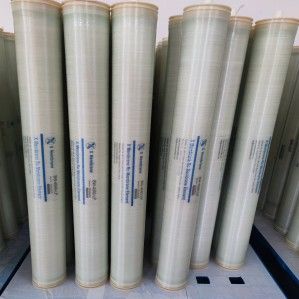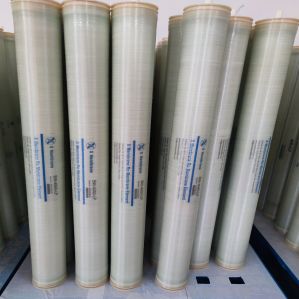Comparing Water Filtration Systems: Why Reverse Osmosis Comes Out on Top
Clean, safe drinking water is crucial for health and wellness, yet many homes and businesses still struggle with water impurities. Various water filtration systems are available, each offering different benefits. Among these, reverse osmosis (RO) systems are frequently touted as one of the most effective solutions. In this blog post, we will explore why reverse osmosis often comes out on top when compared with other water filtration methods.


Understanding Different Water Filtration Systems
Before diving into why are superior, it's important to understand the common types of water filtration systems used today:
1. Activated Carbon Filters: These systems remove contaminants through adsorption. They are effective at improving taste and removing odors and some chemicals but do not remove dissolved inorganic substances effectively.
2. Ion Exchange Filters: Commonly used for water softening, these filters are effective in removing minerals like calcium and magnesium but are not designed to remove organic compounds or microbiological contaminants.
3. Ultraviolet (UV) Disinfection: UV systems kill bacteria and viruses but do not remove chemical contaminants. They are usually used in combination with other filtration technologies.
4.Sediment Filters: These are used to remove large particles such as dirt, rust, and sand. They are often pre-filters that help protect more sensitive filters like RO membranes.
5.Reverse Osmosis (RO) Systems: RO systems use a semi-permeable membrane to remove contaminants, including dissolved salts, bacteria, viruses, and chemicals.
Why Reverse Osmosis Comes Out on Top
Here are the key reasons why reverse osmosis is often considered the best choice for water filtration:
1. Broad Spectrum Contaminant Removal: RO systems can remove up to 99% of all contaminants, including particulates, microorganisms, and dissolved chemicals. This is more comprehensive than most other filtration methods.
2. Improved Taste and Odor: By removing impurities, reverse osmosis not only makes water safer but also improves its taste and eliminates foul odors, providing a noticeable difference in drinking water quality.
3. Energy Efficiency: Compared to other systems like distillation, RO systems consume relatively less energy. They operate solely on water pressure from household plumbing without the need for electricity (except for pump-assisted systems).
4. Cost-Effectiveness: Although RO systems may have a higher upfront cost, their maintenance and operational costs are relatively low. They require filter changes only once every six months to a year and membrane replacement every two to five years, making them a cost-effective option in the long run.
5. Ease of Maintenance: RO systems are designed for easy maintenance. Regular filter changes and occasional cleaning are typically all that’s needed to keep an RO system running smoothly.
Case Studies and Practical Application
Many homeowners and businesses have seen dramatic improvements in water quality after installing RO systems. For instance, a family in a hard water area noticed significant benefits after switching from a basic sediment filter to an RO system, including reduced plumbing repairs due to less scale buildup and better tasting drinking water.
Conclusion
While no single water filtration method is perfect for every situation, reverse osmosis offers a combination of effectiveness, efficiency, and ease of use that is hard to beat. Whether for residential or commercial use, RO systems provide a reliable way to ensure that the water you drink is clean and safe. As water quality concerns continue to rise, investing in a robust filtration system like reverse osmosis is a wise choice for anyone looking to improve their water quality.





 Language
Language





 Network Supported
Network Supported